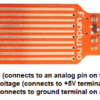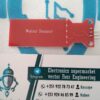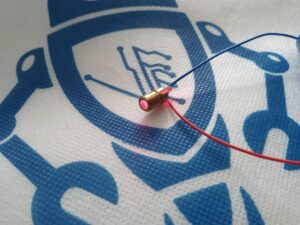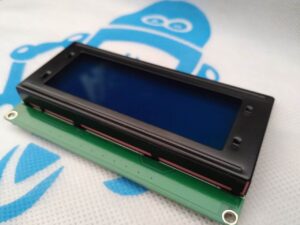+251 99 380 2995 | +251 97 022 2227 | [email protected]
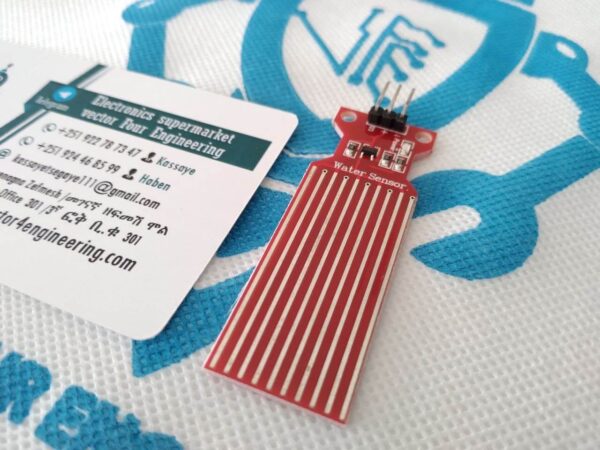
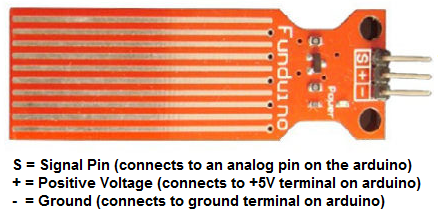
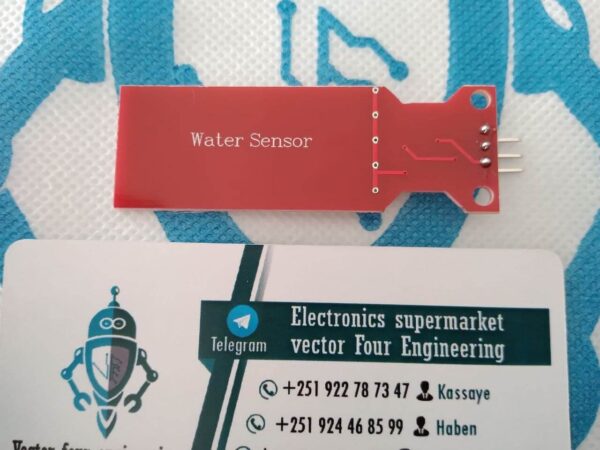
Water Level Sensor
Br 600.00
- Operating voltage: DC 3-5V, < 20mA
- Operating Temp: 10 to 30 degree Celsius
- Size: 2.5 x 0.75 inch
- Judge the water level through with a series of exposed parallel wires stitch to measure the water droplet/water size
- Simply, The more water the sensor is immersed in, the higher the output voltage in the signal pin is.
- The sensor has a series of ten exposed copper traces. Five are power traces and five are sense traces. These traces are interlaced in parallel so that there is one sense trace between every two power traces. These traces are not connected unless they are bridged by water when submerged.
- The traces act as a variable resistor (just like a potentiometer) whose resistance varies according to the water level.
- The change in resistance corresponds to the distance from the top of the sensor to the surface of the water.
The resistance is inversely proportional to the height of the water:
- The more water the sensor is immersed in, the better the conductivity is, the lower the resistance is.
- The less water the sensor is immersed in, the worse the conductivity is, the higher the resistance is.
- The sensor produces an output voltage according to the resistance.
The water level sensor has 3 pins:
- S (Signal) pin: is an analog output that will be connected to one of the analog inputs on your ESP32.
- (VCC) pin: supplies power for the sensor. It is recommended to power the sensor with between 3.3V – 5V.
- – (GND) pin: is a ground connection.
Applications:
- Rainfall detecting,
- Liquid leakage,
- Tank overflow detector


